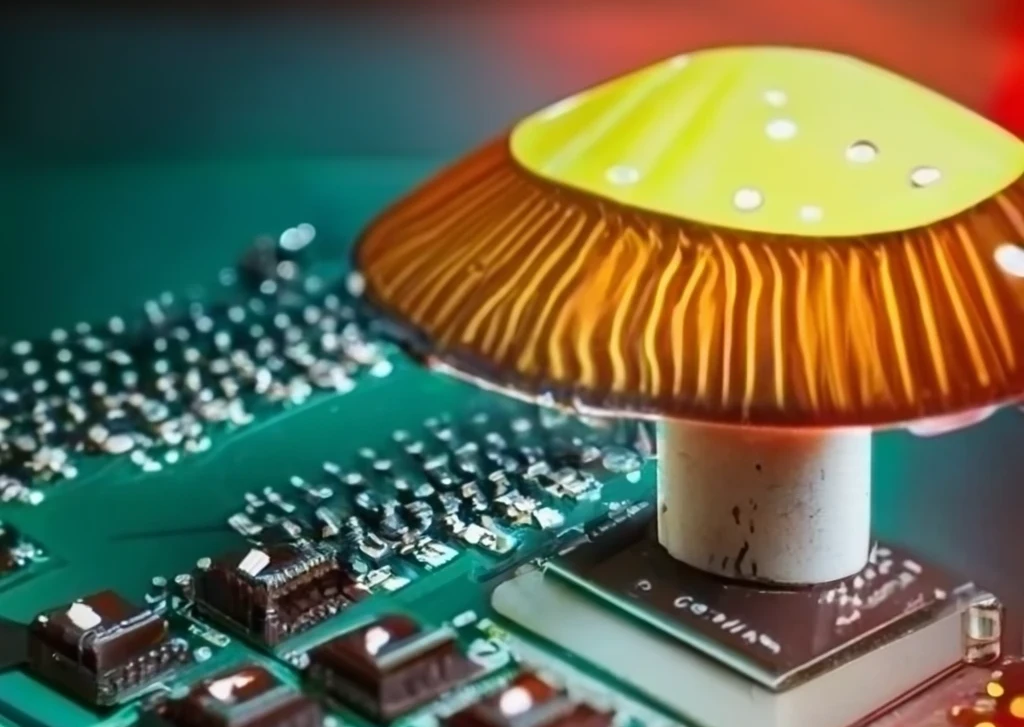Into the world of virtual memory
When most programmers deal with very high level programming languages like javascript and python, very little seem to pause to wonder how their code is actually run and how their variables are stored in RAM. Don’t worry, I went down a little rabbit hole to understand this and I’m here to share what I found.
Here’s a very brief breakdown of how modern memory management works.
A Little bit of history
In the early days of computing, the OS did very little memory management. The applications had to use the physical memory directly implementing their own logic to share memory with others. Although this might sound like a sensible way to do things, it was a nightmare to work with, especially when there are multiple programs accessing the same memory or when you had to make your program work on different systems with different memory configurations. This lead various engineers1 to experiment with adding an abstraction layer between the program and the physical memory that would be completely transparent to the program and make it easy to work on systems with differing memory configurations.
Virtual Memory
This is the abstraction layer they came up with. And this makes all the crazy modern memory management optimizations possible.
I’ll let wikipedia take the wheel and explain this term:
In computing, virtual memory, or virtual storage, is a memory management technique that provides an “idealized abstraction of the storage resources that are actually available on a given machine” which “creates the illusion to users of a very large (main) memory”. - Wikipedia
Hmm… That was a mouthful.
Anyway, I’ll try to explain what I understood reading from various different sources about this in the last few days.
Here we go…
In almost every modern Operating System when a program starts up it is given a memory space that is almost like a contiguous array where each cell can hold a single byte. In a 64 bit system, this array would be of the size 264 bytes. That means about 17,179,869,184 gigabytes if its to be filled.
But where does the OS get that much memory from?
Short answer: It doesn’t.
Unlike a regular array, the virtual memory is not a stretch of real continuos memory. It is a virtual address space given exclusively to that program. These addresses are mapped to physical addresses by the OS on demand and a program has no control over how and where a particular memory is stored on physical ram.
A program has to ask the OS first to reserve a part of its virtual memory address for it to use. This is the point where the OS maps this chuck of memory onto the actual RAM and allows the prgram to use it. The OS might also perform additional checks before mapping/allocating that chunk of memory. For example, the address 0 is reserved for representing the null pointer, therefore no program is allowed to read/write from it. There is also reserved read-only space for the program’s code.
At first this might look like a system made for ease of use and not performance but it makes possible one of the coolest optimization in modern OSes, swapping.
What is swapping?
Swapping is the process of moving unused memory from the RAM into a storage device like an SSD or a hard disk. This is really helpful when the system runs out of memory. This process is done entirely by the OS and the programs do not need to care. Every OS would have an algorithm to determine what part of memory to swap to disk and if its good you wouldn’t notice it at all2 unless whatever program you ran was actively using all that memory (like in the case of games).
This entire system of swapping would not be possible if virtual memory was not a thing.
Making memory management easier for the developers helped prevent a lot of inefficient use of memory as now the OS, who has a clear picture of the state and limitations of the system and the importance of each program in the current context, is in-charge of optimizing where each segment of memory is stored.
There is also the added security that virtual memory provides. It helps prevent malicious programs from tampering with the memory regions of other programs since all they see is their own virtual address space. Malware are still developed to use exploits to break the memory isolation but it is way more complex to do than if there was no virtual memory. Also systems are constantly patched to fix these expoits as soon as they are dicovered.
Conclusion
In conclusion, virtual memory from a program’s perspective is a contiguous address space that can be addressed using virtual addresses from 0 till the theoretical maximum of the architecture. The OS can the map these virtual addresses onto physical addresses on demand on the RAM or any other media it desires allowing it to isolate process memories from each other for security and to swap out less frequently used memory from RAM thereby allowing the the system to use more memory than the physically available RAM.
Please reach out to me via email or open an issue on the github repo if you think there is something factually wrong in this blog post. I tried my best to understand the topic but I’m not an expert in this field.
External Resources
Here are some resources to learn more about memory management:
- ByteLab.Codes
- Virtual Memory - Wikipedia
- What Every Programmer Should Know About Memory by Ulrich Drepper
With all that said, time to sign off 🫡
Some Foot Notes
The first computer that utilised virtual memory was the Atlas computer system developed at the University of Manchester ↩
Linux’s ability to swap without any noticeable interruptions to my workflow at all was one of the main reasons I switched from windows in the first place. I have an old 8GB RAM Asus laptop and I was constantly running out of memory on windows when researching something and having an IDE open. The system would slow down and freeze considerably when I exceeded 8GB. This was not a problem on any distro with swap I tried. To window’s credit it did not crash when out of memory but the freezes were a deal breaker for me. ↩

